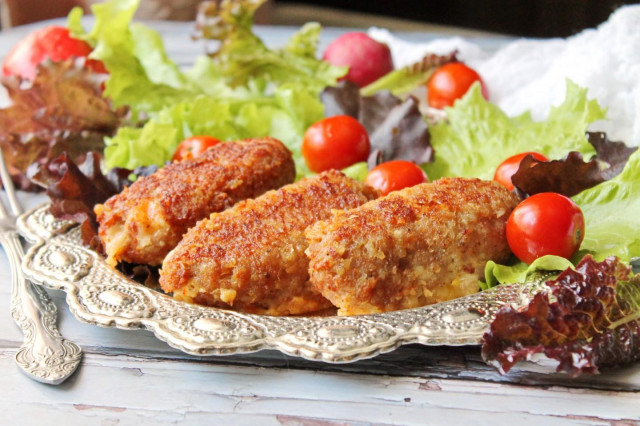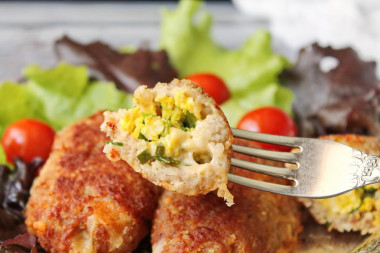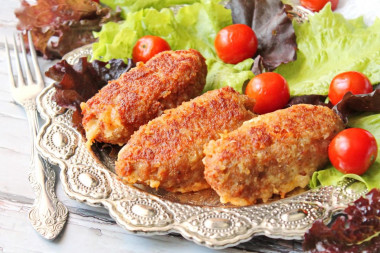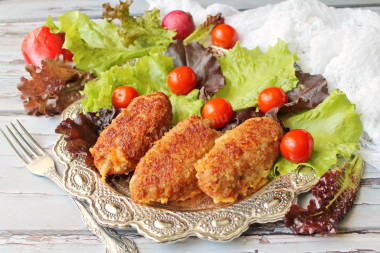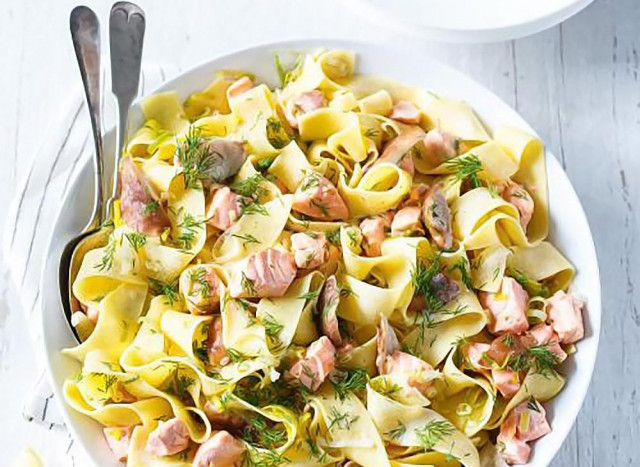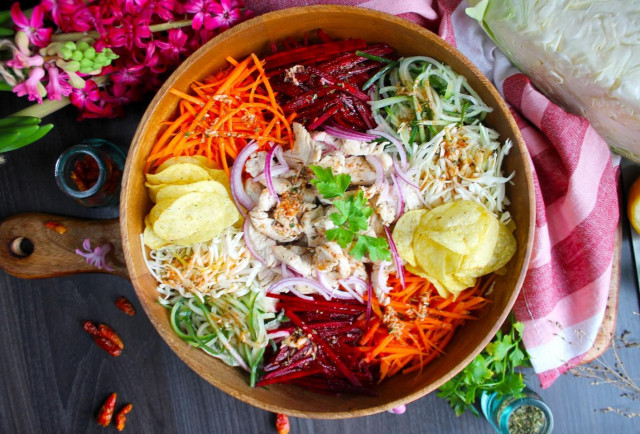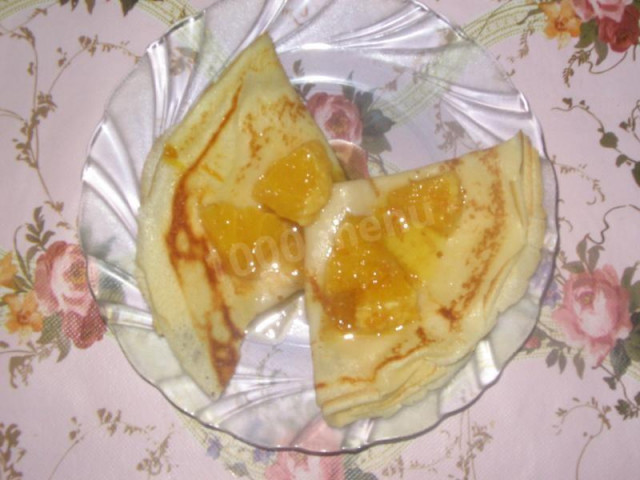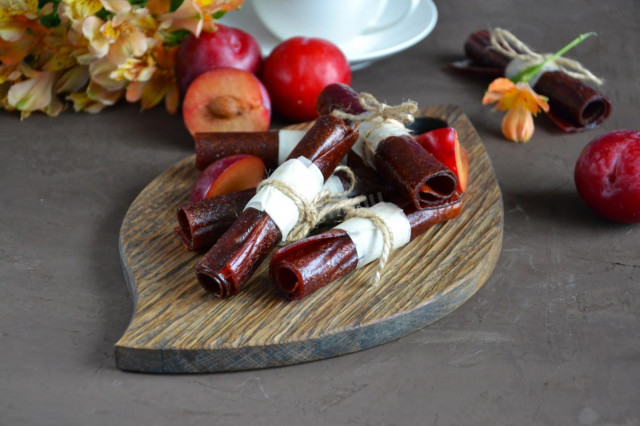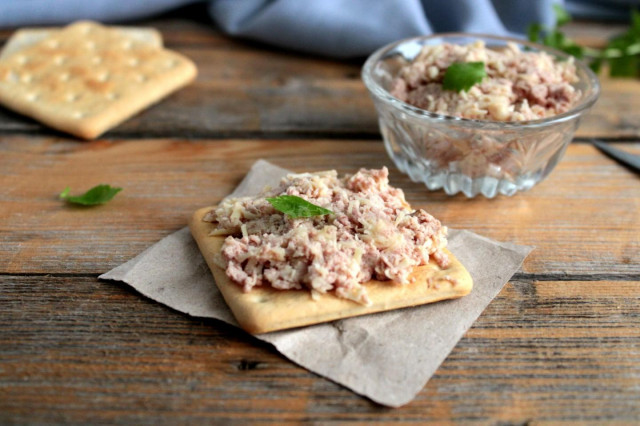Composition / ingredients
Step-by-step cooking
Step 1:
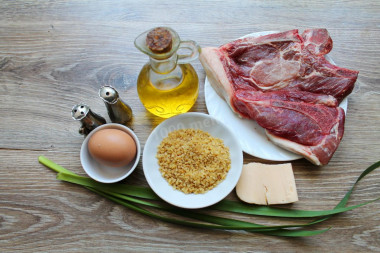
Prepare all the necessary ingredients for cooking Kebbe sausages in a meat grinder. Lamb is better to take a young one with a small amount of fat or replace it with beef. Boil the egg hard-boiled and cool.
Step 2:

Bulgur is a grain of crushed wheat and it is added to minced meat instead of bread. That besides, it is also much healthier than bread. Before using, rinse the bulgur thoroughly and soak it in warm water for 4-5 hours in a ratio of 1 * 3. Rinse the cereal thoroughly and put it on a sieve to drain the water.
Step 3:
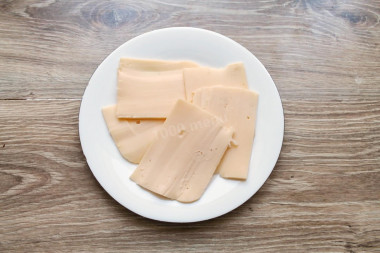
Cut the hard cheese into thin slices. Even better, if you take processed cheese plates, it will be easier to work with it.
Step 4:
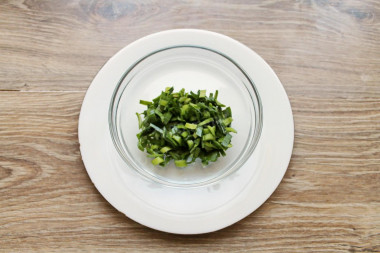
Wash, dry and finely chop the green onions.
Step 5:
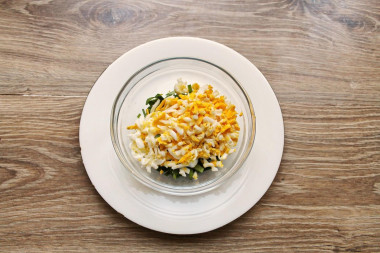
Peel and grate the egg. Put it in a bowl with chopped onion, add salt and mix.
Step 6:
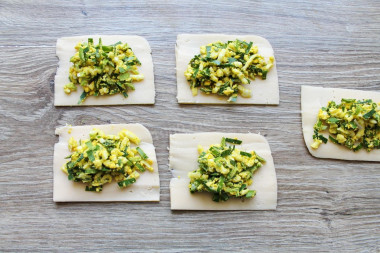
Spread the filling over the cheese plates and roll into tight tubes.
Step 7:

Remove the bones from the lamb, if there are any, rinse and cut into pieces. Pass through a meat grinder with a fine grate and mix.
Step 8:
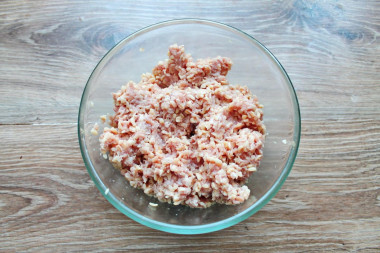
Add the prepared bulgur to the minced meat, add salt, pepper and mix. Instead of black pepper, you can take white or green peppers.
Step 9:
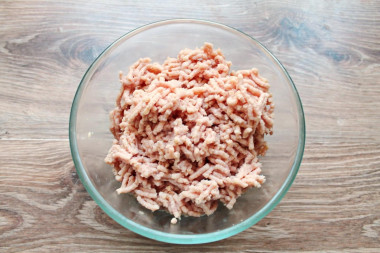
Again pass the mass through a meat grinder with a fine grate, mix.
Step 10:
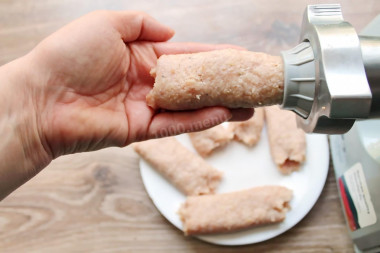
Now remove the grate and the cutting knife from the meat grinder. Install kebbe cooking nozzles instead. It consists of two parts, which are a nozzle with a truncated cone, and the second is a circle with a rounded bulge. Assemble the meat grinder, turn it on and get hollow tubes of the length we need. Place the blanks on a plate in one layer.
Step 11:
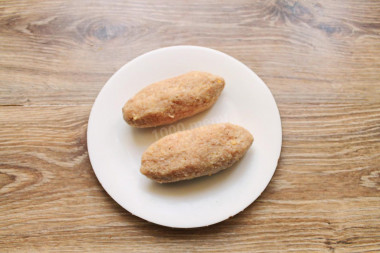
Cheese tubes with filling insert inside the meat tubes and form a kebbe, tightly closing the tips.
Step 12:
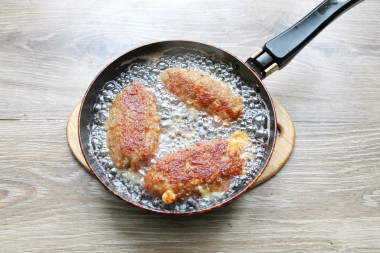
Pour refined vegetable oil into a frying pan and heat over medium heat. To check the oil, it is enough to put dry vermicelli in it. If bubbles begin to form on its surface, the oil is ready. Lower the cooked kebbe and fry in oil until golden brown on all sides. There should be enough oil so that the kebbes are immersed more than half their thickness.
Step 13:
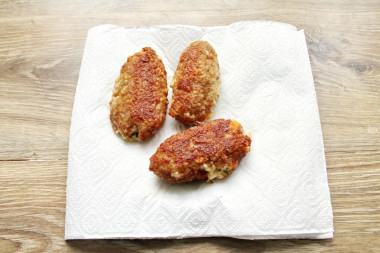
Transfer the fried kebbe to a plate with paper napkins to remove excess fat.
Step 14:
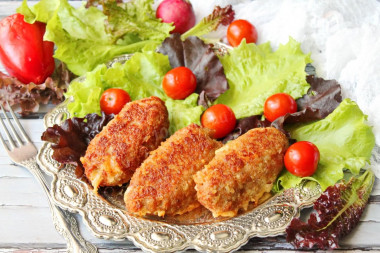
Serve kebbe immediately with rice or lots of greens and vegetables.
Step 15:
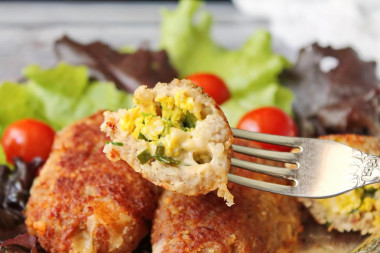
Bon appetit.
Caloric content of the products possible in the composition of the dish
- Lean mutton - 169 kcal/100g
- Fat mutton - 225 kcal/100g
- Lamb - brisket - 533 kcal/100g
- Mutton - ham - 232 kcal/100g
- Lamb chop on a bone - 380 kcal/100g
- Lamb shoulder - 284 kcal/100g
- Mutton - dorsal part - 459 kcal/100g
- Chicken egg - 157 kcal/100g
- Egg white - 45 kcal/100g
- Egg powder - 542 kcal/100g
- Egg yolk - 352 kcal/100g
- Ostrich egg - 118 kcal/100g
- Dutch cheese - 352 kcal/100g
- Swiss cheese - 335 kcal/100g
- Russian cheese - 366 kcal/100g
- Kostroma cheese - 345 kcal/100g
- Yaroslavsky cheese - 361 kcal/100g
- Altai cheese 50% fat content - 356 kcal/100g
- Soviet cheese - 400 kcal/100g
- Cheese "steppe" - 362 kcal/100g
- Uglich cheese - 347 kcal/100g
- Poshekhonsky cheese - 350 kcal/100g
- Lambert cheese - 377 kcal/100g
- Appnzeller cheese with 50% fat content - 400 kcal/100g
- Chester cheese with 50% fat content - 363 kcal/100g
- Edamer cheese with 40% fat content - 340 kcal/100g
- Cheese with mushrooms of 50% fat content - 395 kcal/100g
- Emmental cheese with 45% fat content - 420 kcal/100g
- Gouda cheese with 45% fat content - 356 kcal/100g
- Aiadeus cheese - 364 kcal/100g
- Dom blanc cheese (semi-hard) - 360 kcal/100g
- Lo spalmino cheese - 61 kcal/100g
- Cheese "etorki" (sheep, hard) - 401 kcal/100g
- White cheese - 100 kcal/100g
- Fat yellow cheese - 260 kcal/100g
- Altai cheese - 355 kcal/100g
- Kaunas cheese - 355 kcal/100g
- Latvian cheese - 316 kcal/100g
- Limburger cheese - 327 kcal/100g
- Lithuanian cheese - 250 kcal/100g
- Lake cheese - 350 kcal/100g
- Gruyere cheese - 396 kcal/100g
- Ground black pepper - 255 kcal/100g
- Bulgur - 342 kcal/100g
- Green onion - 19 kcal/100g
- Salt - 0 kcal/100g

